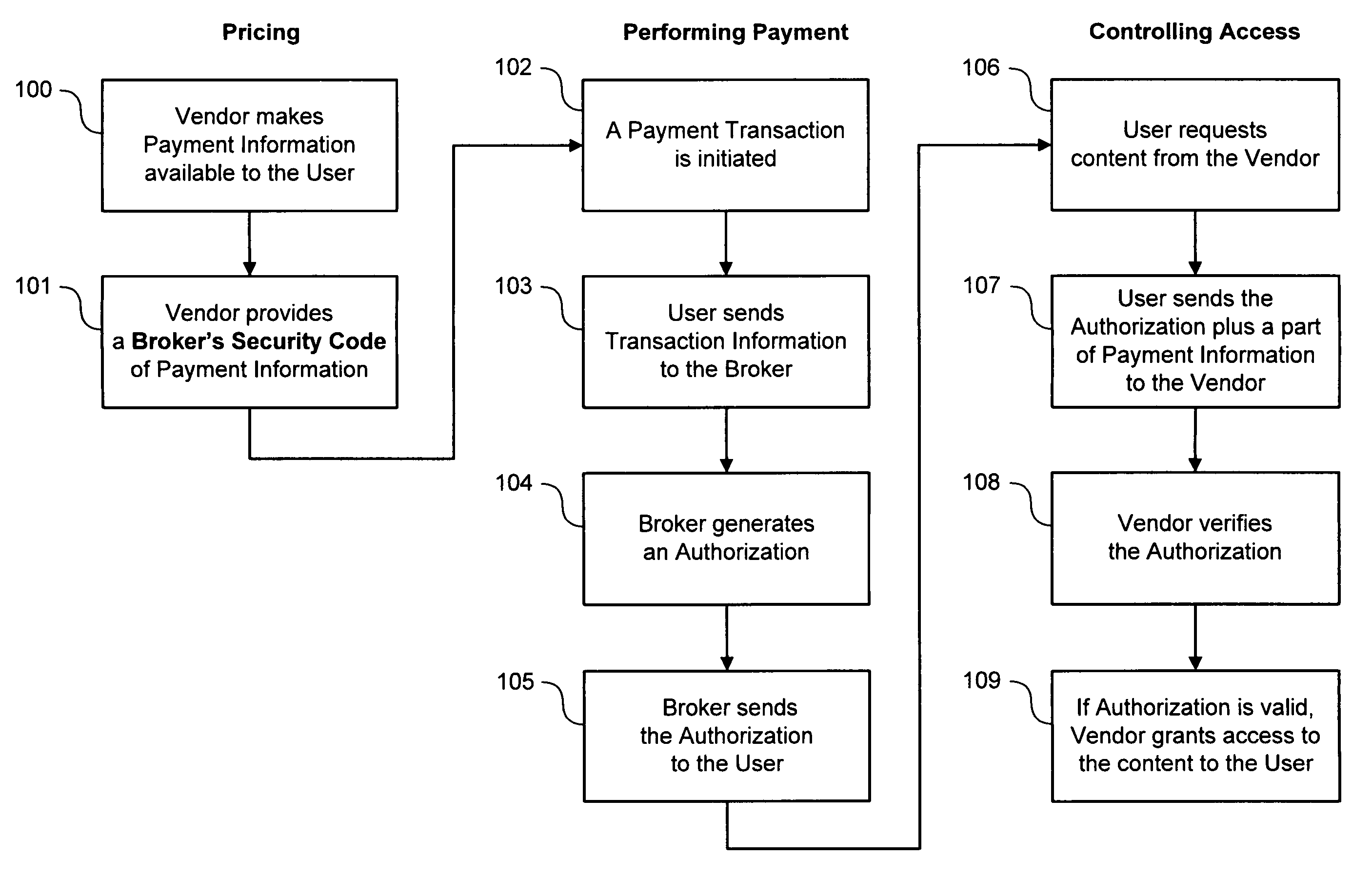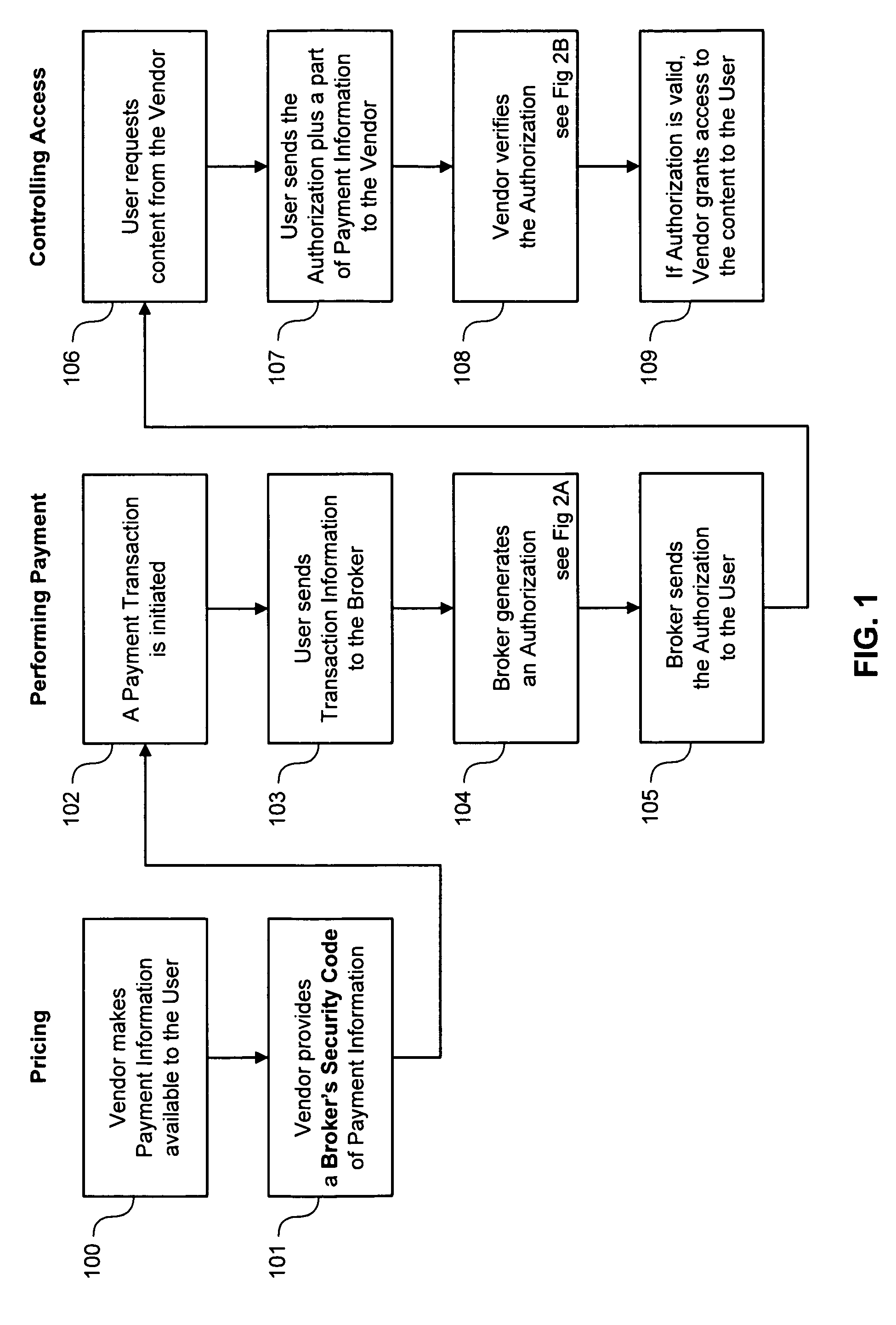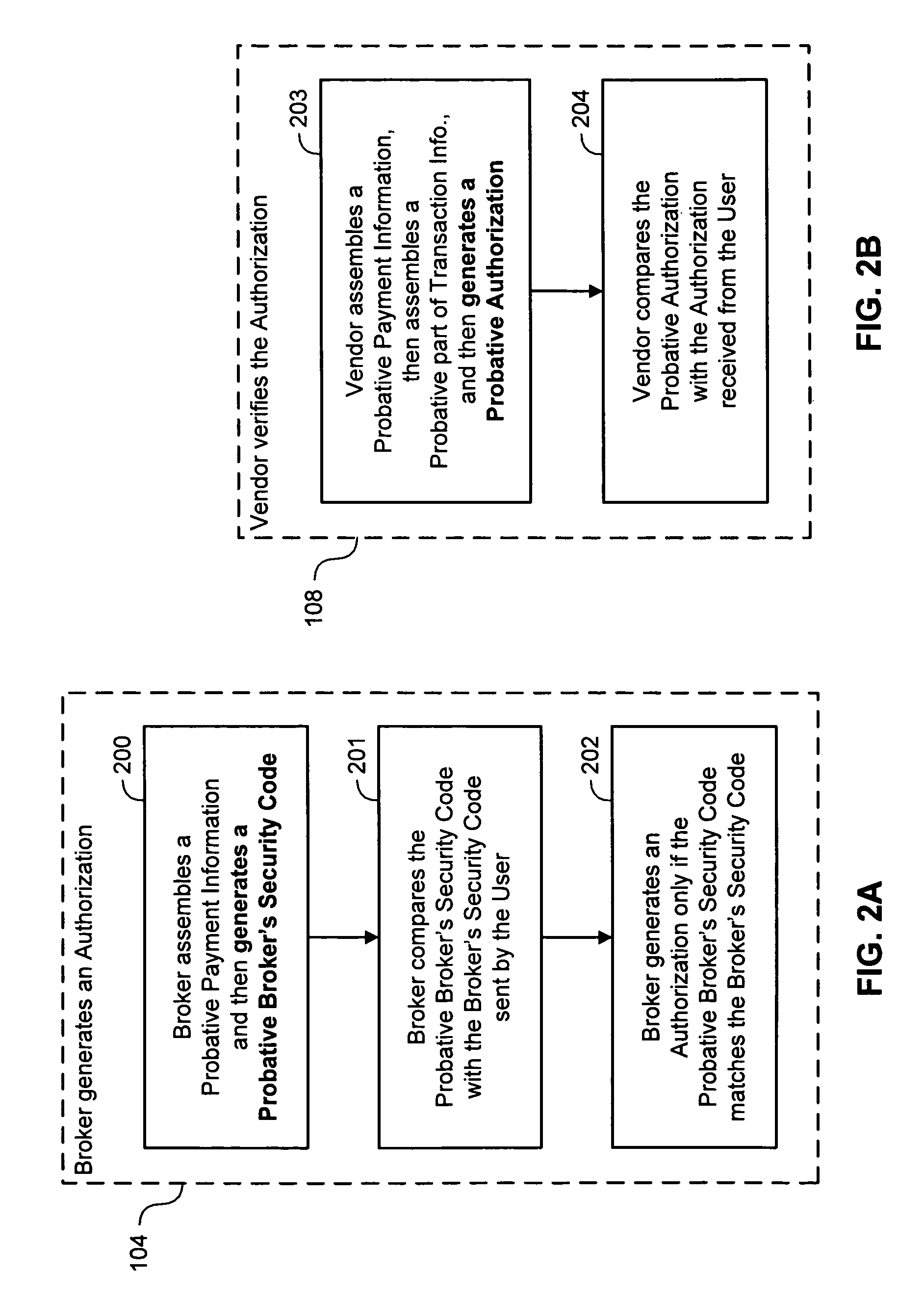This
money transfer usually costs something for the broker to perform, and that is called the cost of the payment transaction.
The cost of shipping usually sets a minimum cost for the whole commerce operation, so that the total amount that the buyer must pay will never get very small.
As an example, it may be acceptable for a vendor to spend 10 cents to complete a 15-dollar sale, but it is unacceptable to spend 10 cents to complete a 15-cent sale.
In more detail, transaction costs are usually highly dependent upon the quantity of bytes of information to be sent and received by each party, upon the number of separate communication requests for each transaction, and upon the computational cost of
processing the transaction, including time-consuming cryptographic and
database operations.
However, the goals of “minimizing transaction costs” and “preventing fraud” are sometimes contradictory because the more
verification the vendor and the broker must do for a single payment transaction, the more expensive it becomes.
But, due to the way
the Internet works, when a vendor includes payment information on a
Web page, and this page is sent to the user's browser, it cannot be guaranteed that the user will not modify the
HTML of the page (or other internal codes that result in modifying the payment information itself) before initiating payment.
The main
disadvantage of this technique is that the price
list must be consulted during the payment process to make sure the price and other conditions were not modified.
This takes time and computational resources.
This leads to more
database operations and probably more communication overhead.
But, for an off-line or
hybrid method, it is usually more difficult to prevent fraud, and in fact most off-line systems proposed are not even designed to eliminate fraud, but rather only to maintain it below some defined threshold.
Very little has been done in recent years to improve on-line methods for making micropayments.
For example, Mandadi, Ravi Kumar, (2006), in “Comparison of Current On-line
Payment Technologies”, Master thesis—Division of Information Theory—www.diva-portal.org / diva / getDocument?urn_nbn_se_liu_diva-7383-1_fulltext.pdf, page 45, states that “a number of payment systems, which need to contact a
trusted third party during every payment have been proposed as micro on-line payment systems, but they are infeasible to
handle large number of micro on-line payments as they need to contact the trusted party repeatedly”.
However, I believe this argument is wrong, and that the halt in studies for on-line
micropayment methods should be lifted since the development of on-line payment systems with very low transaction costs would completely obsolete off-line methods.
All of the previous listed aspects are important and can be used in particular payment systems, but prior-arts that discuss only these aspects are not relevant here since they do not define how payment information and information flow should be construed, organized or arranged, as to perform payment in efficient ways that are specially suited to on-line
micropayment systems.
We will not however, exclude prior methods just because they are directed at normal valued payments (
macro payments), instead of at micropayments.
For example, the PayPal
payment system doesn't permit economical transactions of one cent and is not very efficient, but their market is mainly directed to normal-valued payments, which are less demanding.
Most payment companies, online banks, and financial institutions use very similar on-line payment schemes that are not suited to micropayments.
One of the main disadvantages of the prior-art payment methods is the necessity for the Vendor (or for the Broker) to check a Price
List of the content for sale during the payment process.
Prior-art payment methods present other disadvantages, and each one presents a different set of disadvantages.
Note that, in the text below, when a payment method requires more communication between parts, i.e., whether there is a larger number of independent communications, whether there is more information to be sent (in bytes), then this is a
disadvantage because of increased communication and
processing burdens, resulting in increased transaction costs.
Some disadvantages of this method are: (i) the Vendor must maintain and check a Price
List; (ii) the Broker has to receive the details of the
Payment Information; (iii) when the User wants to access the content again during the
Authorization's validity, the User has to contact the Broker again to get another
Authorization, each time; and (iv) the Vendor has to communicate with the Broker to ask if the
Authorization is valid.
Some disadvantages of this method are: (i) the Vendor must maintain and check a Price
List; (ii) the Broker has to receive the details of the
Payment Information; (iii) when the User wants to access the content again during the Authorization's validity, the User may contact the Vendor directly, but the Vendor has to maintain a
database of all the still valid Authorizations received from the Broker; and (iv) the Broker has to communicate with both the User and the Vendor, to send a Confirmation to the User, and an Authorization to the Vendor.
Disadvantages of these methods are the same as in the Minitix
system explained above, except for the added
disadvantage of the extra communication step.
Some disadvantages of this method are: (i) the Vendor must maintain and check a Price List; (ii) the Vendor needs to send Payment Information both to the User and to the Broker, as to initiate payment; (iii) the Vendor must contact the Broker directly to check if the User has really paid; and (iv) the Vendor must contact the Broker once again to ask it to execute the debit.
Some disadvantages of this method are: (i) the Vendor must maintain and check a Price List; (ii) the Broker has to receive the details of the Payment Information; and (iii) when the User wants to access the content again during the Authorization's validity, the User has to contact the Broker again to get another Authorization, each time.
Some disadvantages of this method are: (i) the Broker must maintain and check a Price List; (ii) the Broker has to receive the details of the Payment Information; and (iii) when the User wants to access the content again during the Authorization's validity, the User has to contact the Broker again to get another Authorization, each time.
Some disadvantages of this method are: (i) the Vendor must maintain and check a Price List; (ii) there is the need for the User to share a secret key with the Broker; (iii) the Vendor must authenticate Payment Information specifically for each User; and (iv) all Parts must maintain databases.
Some disadvantages of this method are: (i) the Vendor must maintain and check a Price List; (ii) the Broker has to receive the details of the Payment Information; (iii) all the Vendor's content must pass through the Broker's computer servers, which not only imposes a huge communications burden for the Broker, but also is not secure for private data since anyone with
free access to the Broker'
s system may read all the information the User receives; and (iv) when the User wants to access the content again during the Authorization's validity, the User has to contact the Broker again, and all the content must be delivered by the Broker itself, again.
 Login to View More
Login to View More  Login to View More
Login to View More 


